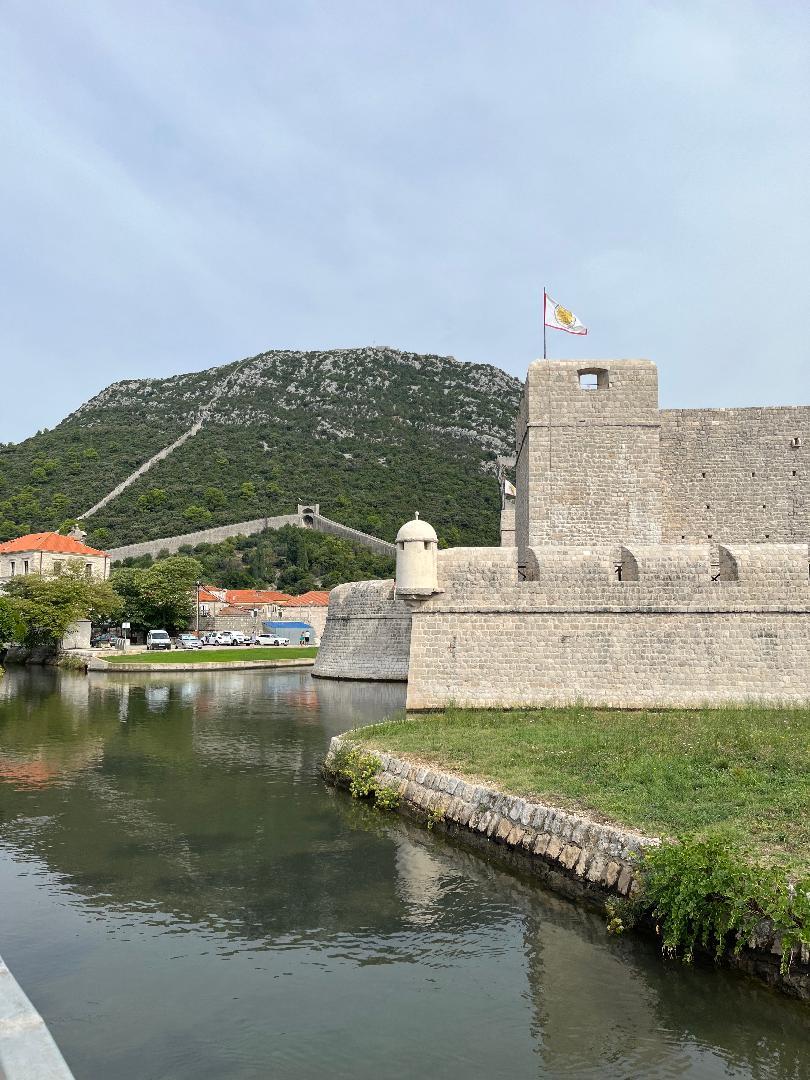THE GREAT WALL OF CROATIA
If I’d turned around after I’d taken this photo I would have seen the reason. Salt pans. The best part of sixty of them, still creating what used to be white gold in the traditional way; by the natural evaporation of sea water.
Locals claim salt has been produced in Ston for more than four thousand years, but the walls were built in the fourteenth century, after the town became part of Dubrovnik’s Ragusa republic. The wealth generated by the trade was such that seven kilometres of walls with multiple towers and forts were constructed to protect it. Of course, the walls also represented the edge of the republic, so it could be argued it had a wider military purpose as well.
At least parts of the walls are open to the public, but you will need a good head for heights to climb them. The views over the town – and salt pans – must be spectacular, but personally I prefer to wander Ston’s squares and narrow streets. It is easy to forget that the town was almost completely destroyed in an earthquake in 1996 it has been rebuilt so sensitively.
About an hour’s drive from Dubrovnik, Ston is definitely worth a visit. As well as its history and its salt pans the town is famed for oysters and is a centre of the Peljesac wine trade so culinary delights await you too.
